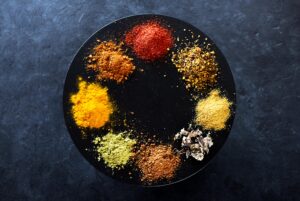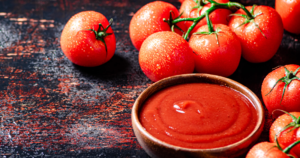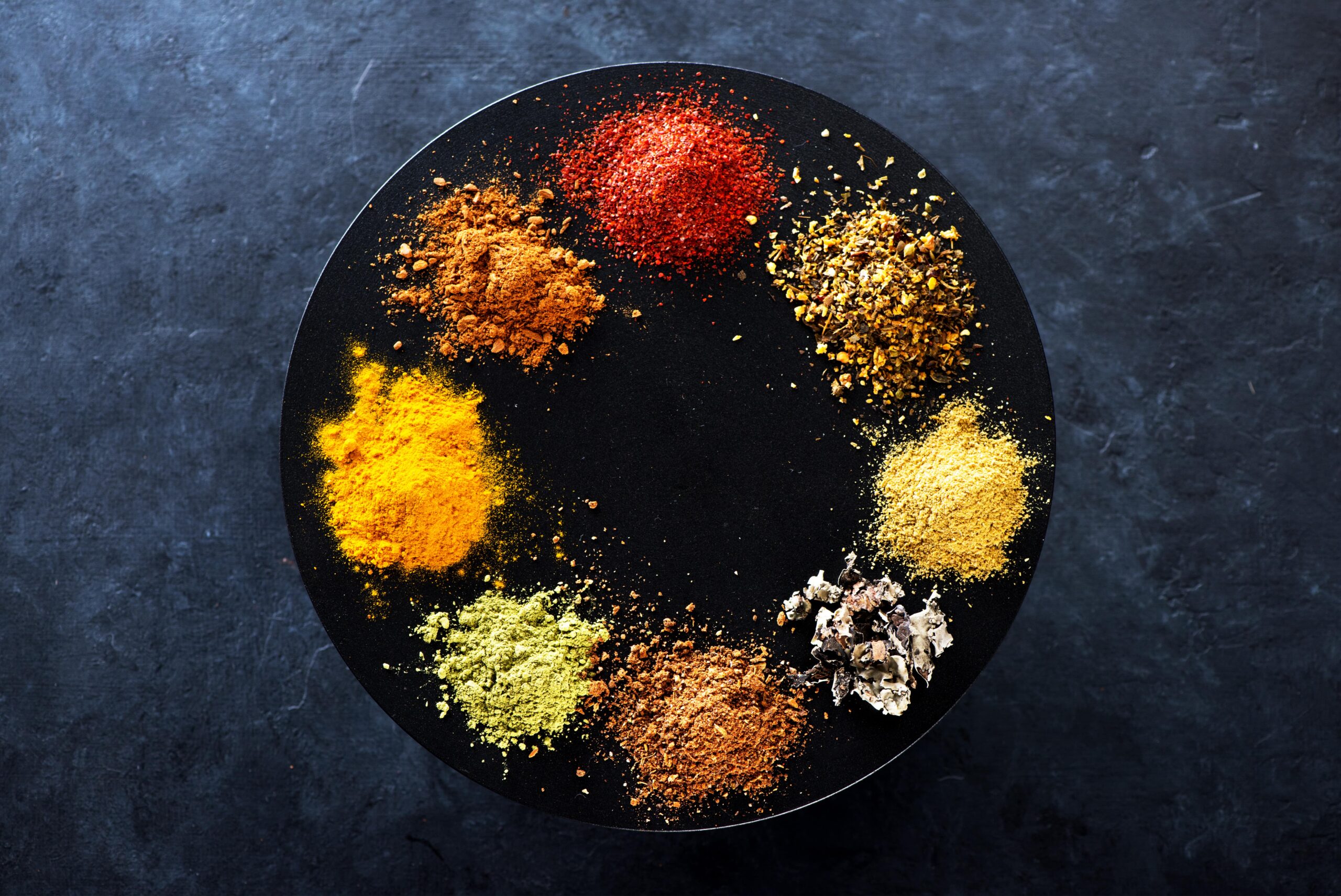Looking for a new “diet”? Need to drop a few pounds? Looking for a healthier eating strategy? The information readily available these days is nearly endless. However, it can be a little overwhelming. Information overload! Who do you trust on this topic? Is this person a doctor, nutritionist or other health professional? How do you know if something is healthy? The health and fitness industry continues to grow, but that doesn’t mean everyone speaking on the subject is an expert or even remotely qualified to offer their opinions.
Ideally, you want to speak to a doctor or nutritionist who can examine you, listen to your needs, symptoms, and concerns to determine the best course of action when it comes to your nutrition. By blindly relying on information you find on the internet, you can lead yourself down an unhealthier path of eating and living, believe it or not.
Nutrition doesn’t have to be hard. In fact, the method I’m about to share with you is simple, and focusing on the basics: nourishing your body with whole foods in a balanced way.
With more than 20 years in private clinical practice, I have worked to help people manage their health in natural ways. I try to help my patients think about a new way to approach eating and nutrition. I recommend the plate-building strategy. Instead of the old message of fats/carbs/protein this plan enforces nutrients over calories sources.
As an overview, I suggest the following for a plate-building strategy- it starts with imagining and building our plate at every meal:
- Start each meal with 8-12 ounces of water. (Some of our hunger is thirst).
- Each meal should have 25-35 grams of protein in it (4-8 oz); each snack should have 15 grams (1/2 as much as mealtime) of protein. Proteins provide us with amino acids and optimizes our lean body mass/muscle and our cellular metabolism/basal metabolic rate.
- 2-3 servings of fruit/vegetables per meal and 1-2 servings of them per snack. ½ cup equals a serving. Aim for 3 vegetable servings for every 2 fruits.
- Include good fats in your daily diet such as walnuts, almonds, chia seeds, hemp hearts, vegetable and olive oil and flaxseed.
- If after eating your plate you’re still hungry, you can add grains, cereals and unrefined flour bread to your diet.
Through this plate-building strategy, a person will begin to consume high-fiber and high-nutrient foods that have far less caloric content. The result? A person will have more fat burning, leaner body mass, highly optimized cellular function with a built-in high antioxidant intake. With a higher antioxidant intake, a person will have a lower risk of getting heart disease, cancers, strokes, and kidney failure.
If you’re looking for help with your diet, Dr. Kordonowy of Internal Medicine, Lipid & Wellness of Fort Myers offers comprehensive dietary consults to his patients. To schedule an appointment with Dr. Kordonowy, call 239-362-3005, ext. 200 or click here. Dr. Kordonowy offers direct patient care membership and concierge services including the unique Inpatient Advocate Service™.










